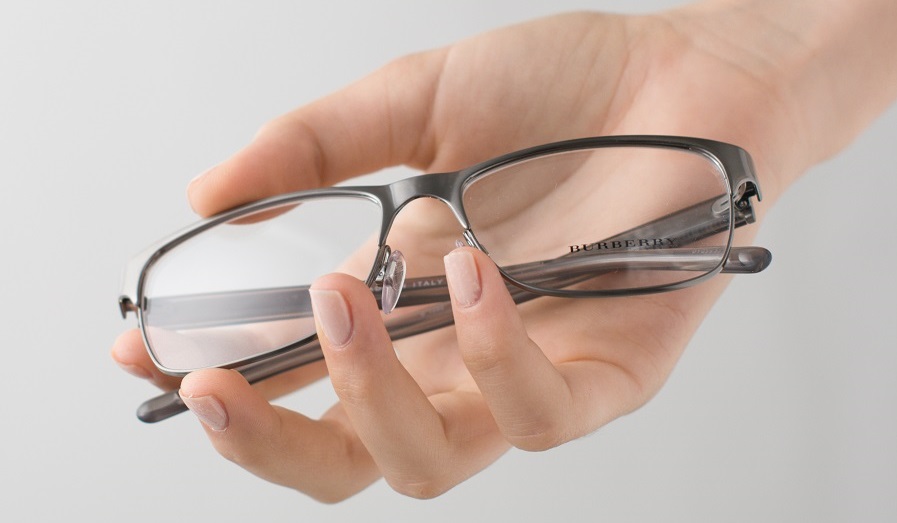There’s no argument that multifocal eyeglasses improve your eyesight in the vast majority of cases.
However, whether you weren’t wearing glasses at all or wore single-vision prescription eyewear, switching to eyewear with lenses that provide vision correction to multiple ranges isn’t always 100% smooth right off the bat.
Multifocals (also bifocals but especially glasses with progressive lenses) need some time to get used to. Adjusting to multifocal glasses can take only a few hours; for others it can be a matter of days, even weeks. Here are some of the more common issues related to the transition period for first-time wearers of multifocals:
Peripheral Distortions
Multifocals with progressive lenses provide seamless progression of lens powers for all viewing distances. While this ultimately results in a smooth transition between fields of vision, the design of the lens results in distorted peripherals. This “distorted” zone is getting smaller and smaller with more advanced lenses, but as of now, it is impossible to produce a progressive lens without minor aberrations.
Depth Perception
Perhaps the most common issue during the adaptation period to progressive lenses is depth perception. Using a progressive lens means getting accustomed to look through different parts of the lens for different activities.
For example, walking up a flight of stairs can become a minor challenge before you’re completely accustomed to your new glasses. People usually look through the lower part of the lens, used for reading and up close vision, causing the stairs to appear out of focus.
Trouble with reading and watching TV is another common complaint among new-multifocal users. Driving is also tricky initially.
Multifocals have an acceptance ratio higher than 90%, which means almost everyone gets used to them. The important thing is to persist with your new multifocal glasses and not switch back to a single vision pair. Going back to an older prescription only increases the adaptation period to progressive lenses.
Issues with Bifocals
Unlike progressive glasses, bifocals only have two distinct optical powers, one for distance and one for near vision. There’s a visible line between them, and a problem many people experience when first using bifocals (or bifocal contact lenses) is the image jump between the two powers. There’s no transition, and initially switching between distance and near can cause slight headaches and dizziness.
Another issue stems from the small field of view in the reading segment of the lens, and the same can be said for sitting in front of a computer screen, which can lead to discomfort and fatigue while wearing bifocals.
Progressive multifocal lenses are more suitable for computer use and are much more fashionable than bifocals, but there are issues that often appear during the first hours or days of using them for the first time.

Issues with Multifocal Contact Lenses
We mentioned bifocal contacts above, as they bring about the same issues as bifocal eyeglasses. Multifocal contact lenses, comparable to eyeglasses with progressive lenses, also need getting used to, and first-time wearers will experience blurred vision and some issues with depth perception.
And while multifocal contacts provide better peripheral vision than multifocal eyeglasses, they lack the same clarity of vision that “standard” progressive lenses do, and many people who use multifocal contacts still keep a pair of reading glasses around for fine print.
Issues with Multifocal IOLs
After undergoing cataract surgery, an option worth considering is getting presbyopia-correcting intraocular lenses, more commonly known as IOLs. They offer various advantages over more common monofocal IOLs, but there are chances of complications, which include:
1. Foggy vision
2. Glare in low-light conditions
3. Objects aren’t defined as clearly as they should
Some of these issues with multifocal IOLs may become less noticeable over time without any treatment. In other cases, a follow-up surgery is required.










